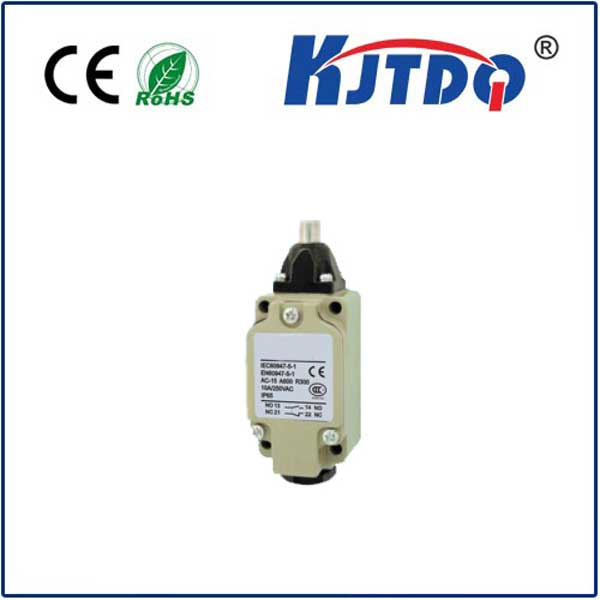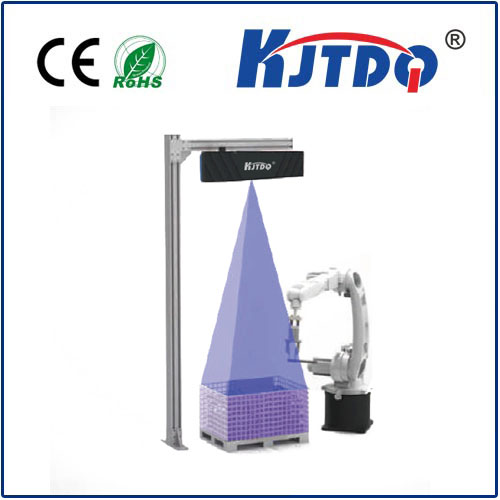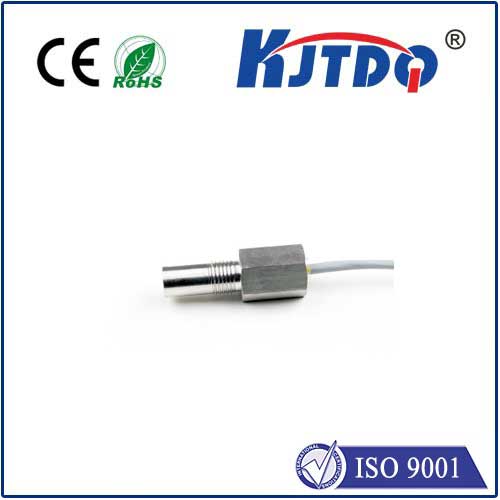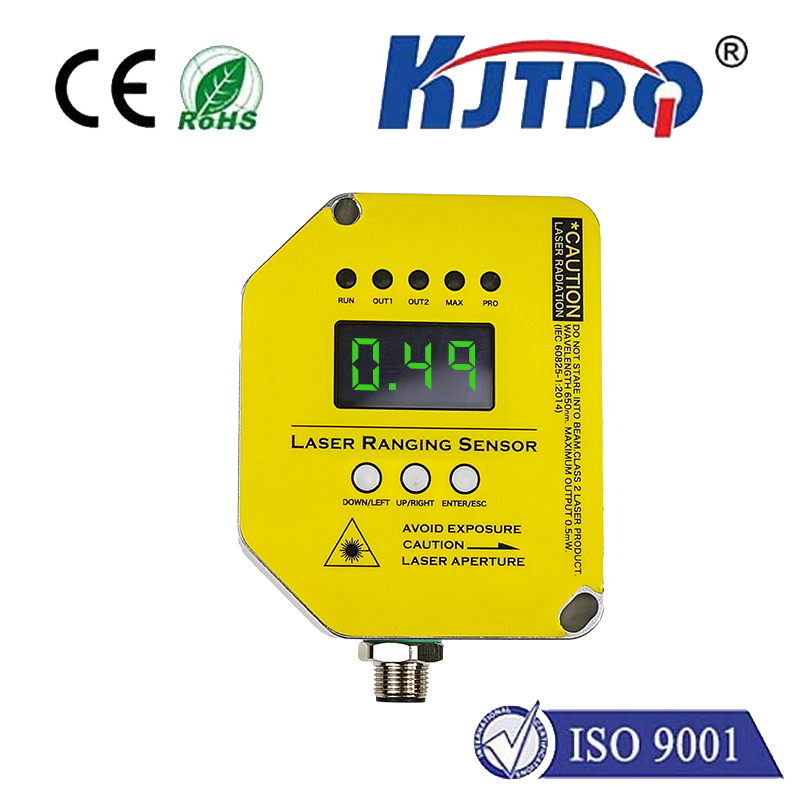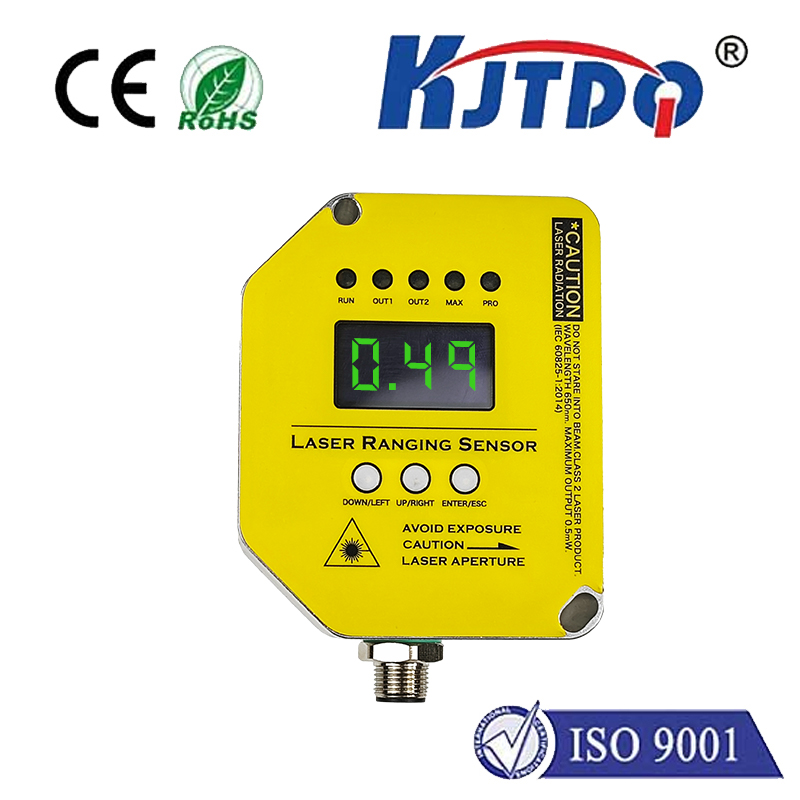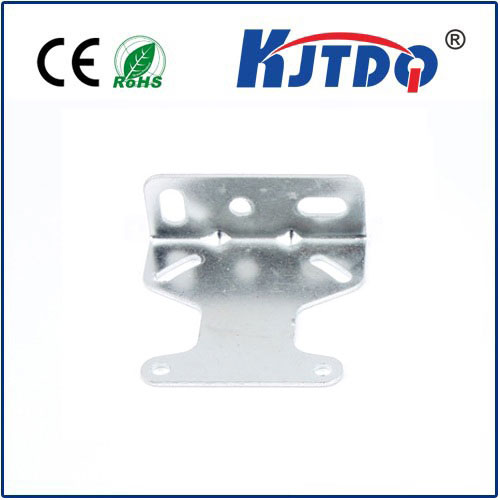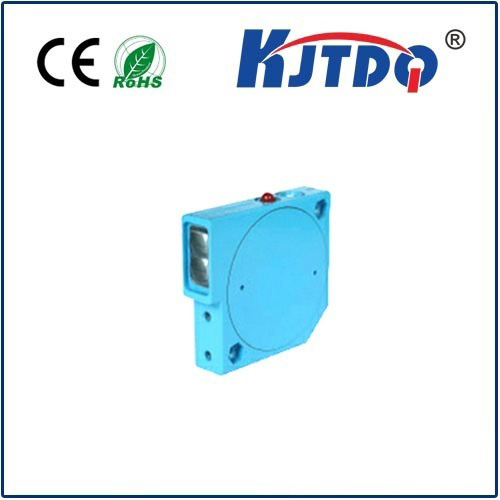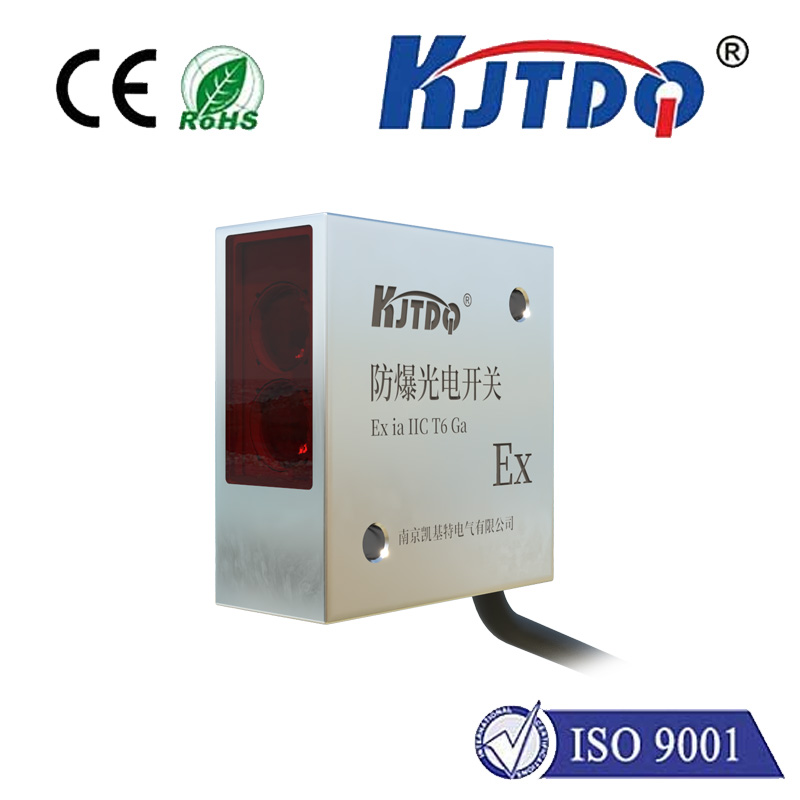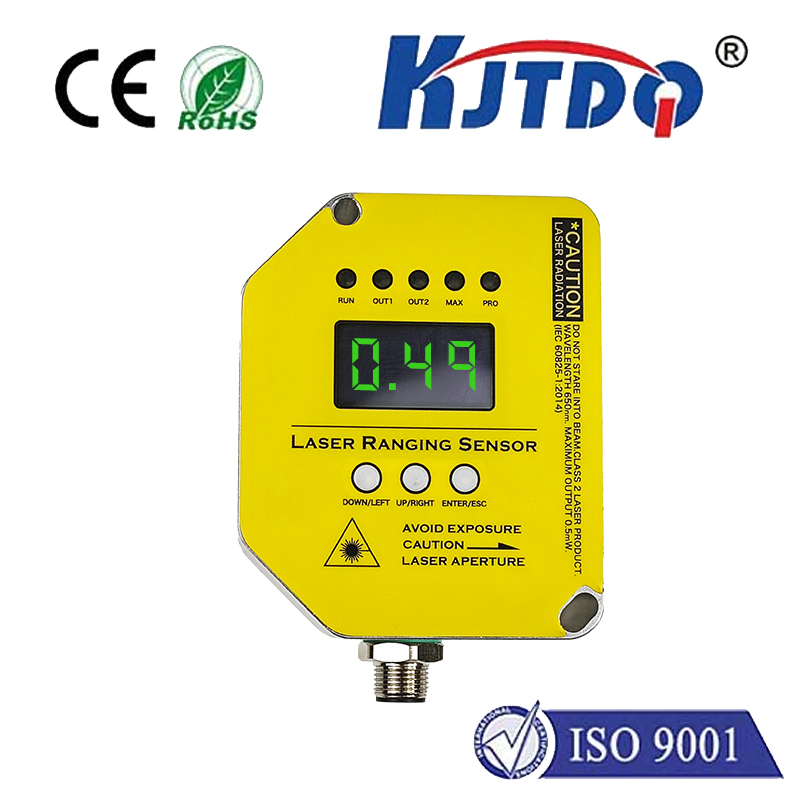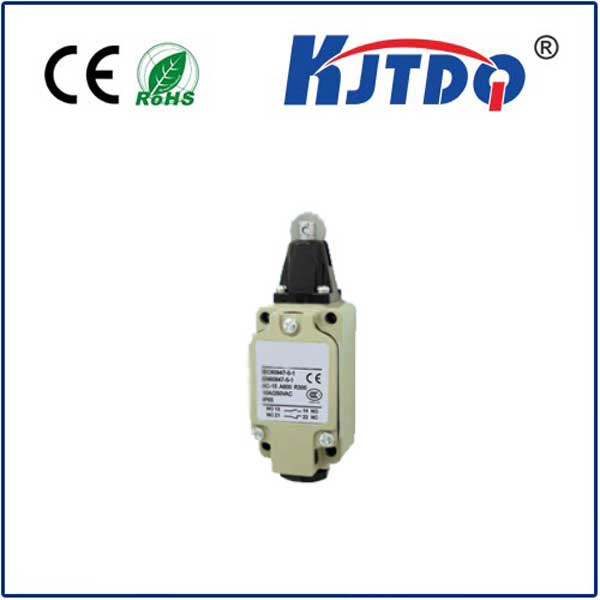
check

check

check

check
At its core, a capacitive proximity switch operates on the principle of capacitive coupling. It detects the change in an electrical field caused by the presence of an object, even if it is non-conductive. This makes them ideal for sensing various objects without direct contact, thus preventing wear and tear on both the sensor and the target material.
The working mechanism of a capacitive proximity switch involves creating an oscillating electric field within a defined space. When an object enters this field, the capacitance changes due to the dielectric constant differences between the air and the object. This change disrupts the oscillation frequency, which the sensor circuitry converts into an electrical signal. This signal can then be used to trigger various control functions, such as turning machinery on or off.
The adaptable nature of capacitive proximity switches has led to their widespread use across various industries. Here are a few key areas where these sensors make a significant impact:
Automation and Manufacturing: They are extensively used in automated assembly lines to detect product presence, count items, and monitor machine operations without physical contact, thereby enhancing efficiency and reducing downtime.

Transportation: In vehicles, capacitive proximity switches are found in seat belt sensors, door lock systems, and fuel level monitoring. Their reliability in harsh environments ensures passenger safety and convenience.
Consumer Electronics: Modern smartphones and touchscreen devices utilize capacitive technology to provide intuitive user interfaces. Similarly, home appliances like washing machines and refrigerators employ these switches for precise temperature control and other functions.
Healthcare: In medical equipment such as dialysis machines, ventilators, and infusion pumps, capacitive proximity switches offer precise monitoring and control, contributing to better patient care and outcomes.
Capacitive proximity switches offer several advantages that make them preferable over other types of sensors:
Versatility: Capability to detect a wide range of materials including non-conductive objects.
Non-contact Operation: Reduces wear and tear, prolonging the lifespan of both the sensor and the target object.
Highly Accurate: Provides precise detection even in challenging environments such as high temperatures or dirty conditions.
Quick Response Time: Ensures immediate feedback, crucial for high-speed applications.
As technology continues to advance, so too will the capabilities of capacitive proximity switches. Future innovations are expected to enhance their sensitivity, reduce power consumption, and improve resistance to environmental factors such as humidity and electromagnetic interference. With the rise of smart factories and Industry 4.0, these sensors will become even more integral, facilitating the development of more autonomous and efficient systems. In conclusion, while capacitive proximity switches may operate out of sight and mind, their contributions to modern technology and daily life are profound. By continually pushing the boundaries of what’s possible, they remain a cornerstone of progress and innovation in a connected world.
